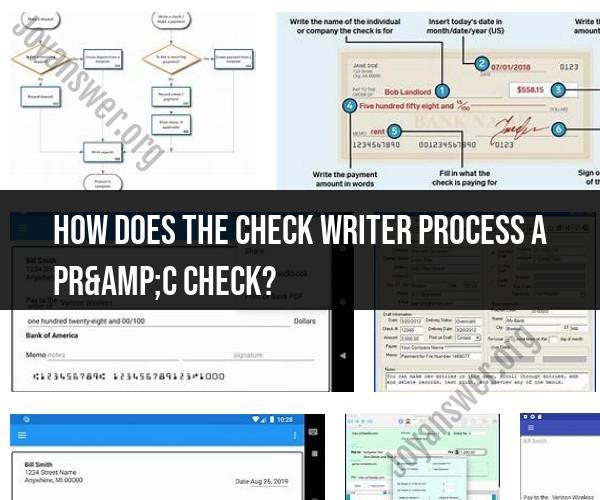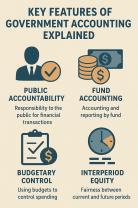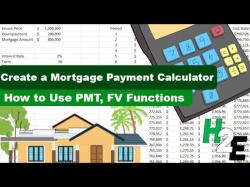How does the check writer process a pr&c check?
Processing a PR&C (Positive Pay, Reverse Positive Pay, and Controlled Disbursement) check involves a series of steps taken by the check writer, typically a business or organization, to ensure the check is properly authorized, protected against fraud, and reconciled with the company's financial records. Here's a guide to the check writer's process for PR&C checks:
Check Issuance:
- The check writer initiates the process by preparing a check for payment to a specific payee or vendor. This includes filling out the check amount, payee name, and date.
Positive Pay System Setup:
- Before sending the check to the payee, the check writer sets up a Positive Pay system with their bank. Positive Pay is a fraud prevention service offered by many banks. It requires the check writer to submit a list of authorized checks electronically to the bank before they are presented for payment.
Providing Check Details:
- In the Positive Pay system, the check writer provides the bank with details of each check issued, including the check number, check amount, payee name, and issue date. This information is submitted in a secure electronic format.
Reverse Positive Pay (Optional):
- In some cases, the check writer may also use Reverse Positive Pay, which requires the bank to match incoming checks against the list of authorized checks. Any discrepancies are reported to the check writer for review and decision.
Controlled Disbursement (Optional):
- Controlled Disbursement is a service that allows the check writer to have better control over when checks are presented for payment. The bank informs the check writer of the total amount of checks that will clear their account on a specific day, aiding in cash flow management.
Monitoring and Reconciliation:
- The check writer regularly monitors their bank statements, especially checks that have cleared, to ensure they match the list of authorized checks submitted to the bank.
Exception Handling:
- If any discrepancies, such as checks with incorrect amounts or payee names, are identified during reconciliation, the check writer works with their bank to resolve these exceptions. This may involve confirming the check's legitimacy or stopping payment on a fraudulent check.
Maintaining Security:
- The check writer should maintain strict security protocols for check issuance, storage, and distribution to prevent unauthorized access or tampering.
Document Retention:
- It's essential to retain copies of all checks and related documentation for record-keeping and audit purposes.
Communication with the Bank:
- Effective communication with the bank is crucial. If there are changes to the list of authorized checks or any concerns about potential fraud, the check writer should promptly inform the bank.
Regular Reevaluation:
- The check writer should periodically review and update their Positive Pay system to ensure it reflects their current check issuance practices.
Processing PR&C checks is a critical component of financial risk management for businesses and organizations. By implementing these procedures and utilizing services like Positive Pay, Reverse Positive Pay, and Controlled Disbursement, check writers can enhance their check security and minimize the risk of fraud.











